"It gives you almost everything": How Unreal Engine 5 empowered the indie team behind WILL: Follow the Light
Indie studios can now achieve impossible visuals.
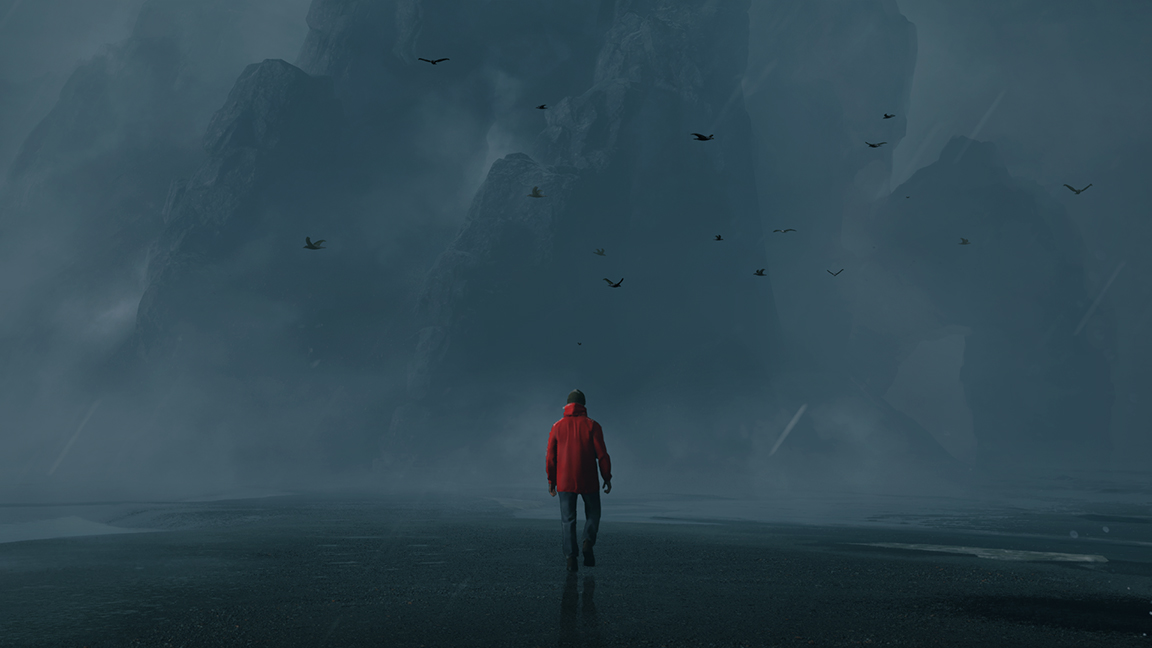
Have you seen the trailer for WILL: Follow the Light? Go and take a look right now, I’ll wait here… Are you back? Gorgeous, isn’t it? Those waves, those lighting effects, the sheer polish of it all: it feels like something cooked up by a team of hundreds. Which makes it all the more surprising that it’s the work of only a handful of talented folk at the indie outfit TomorrowHead Studio in Spokane, Washington.
TomorrowHead’s founder and creative director, Roman Novikov, puts it all down to the power of Unreal Engine 5. “It gives you almost everything,” he says. “Without Unreal 5 we cannot reach the heights we’re reaching. It completely redefines the borders for indie studios. Every indie studio can now achieve visuals that were impossible for small teams even as recently as five years ago. We have 16 people on our team, and not all of them are involved in tech, art or audio – we have a narrative designer, and so on – but we are able to achieve visuals that were once only possible with very large teams.”
Novikov’s background is in CG. He was a professional Counter Strike player back in the early 2000s, and began by making highlight reels for his team, which led to him forming a business focused on CG in 2015. Then in 2020, he and the other founders of TomorrowHead decided to invest the money they’d made from CG and make a game of their own. “Every time you create something as a work-for-hire studio, you visualise someone else’s dreams,” he says. “But I wanted to share our dreams and create our own world.”
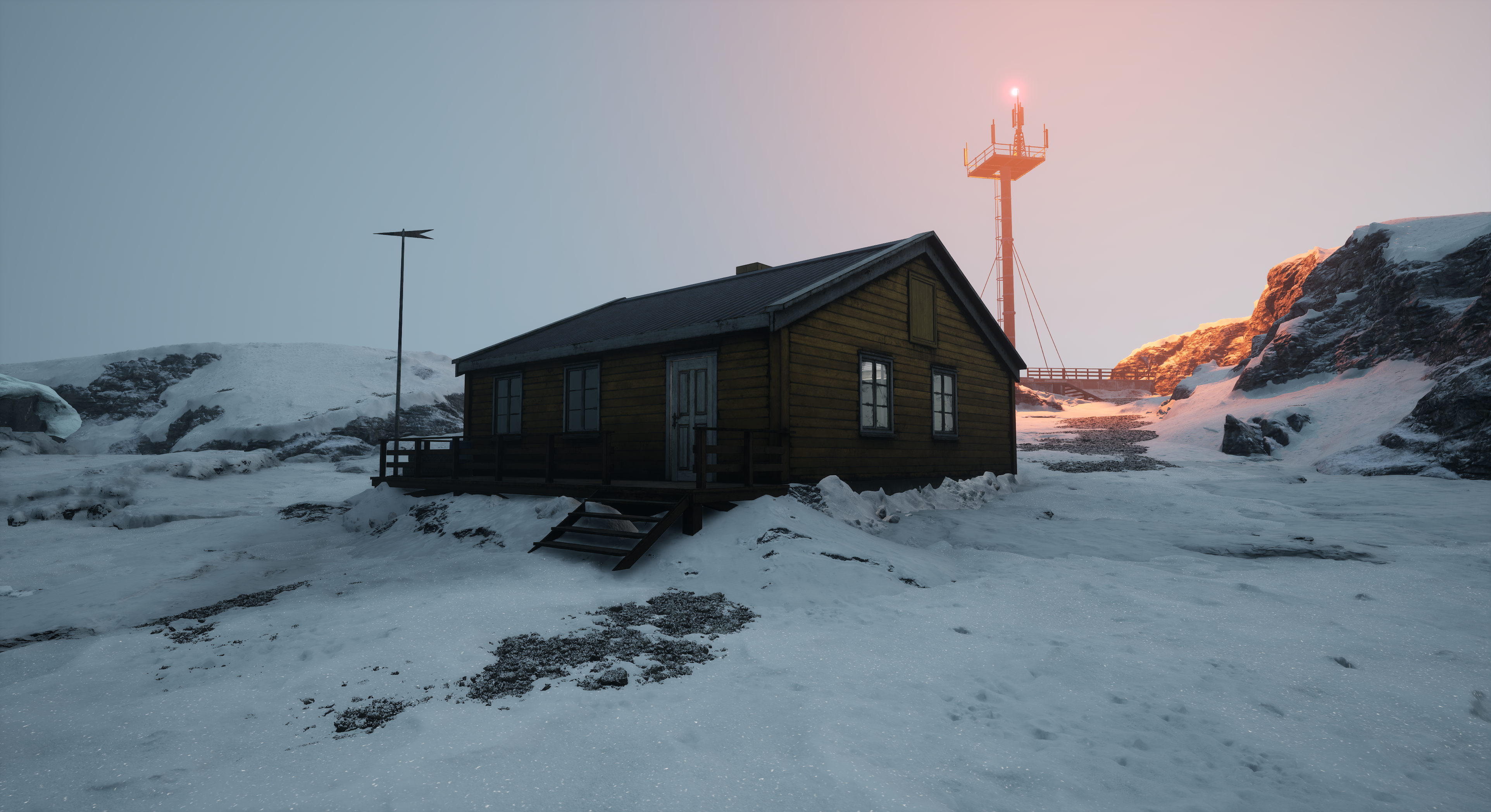
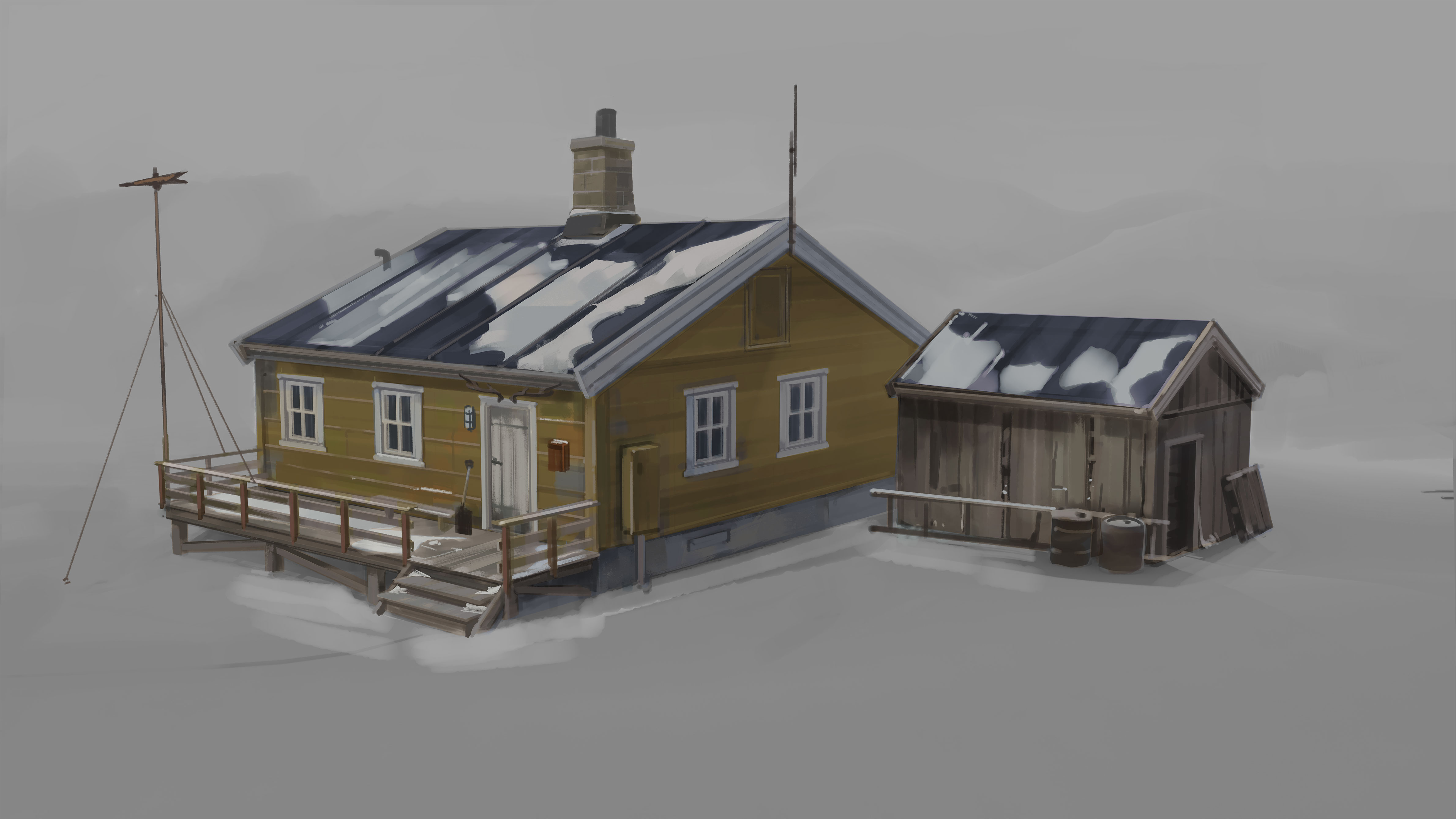
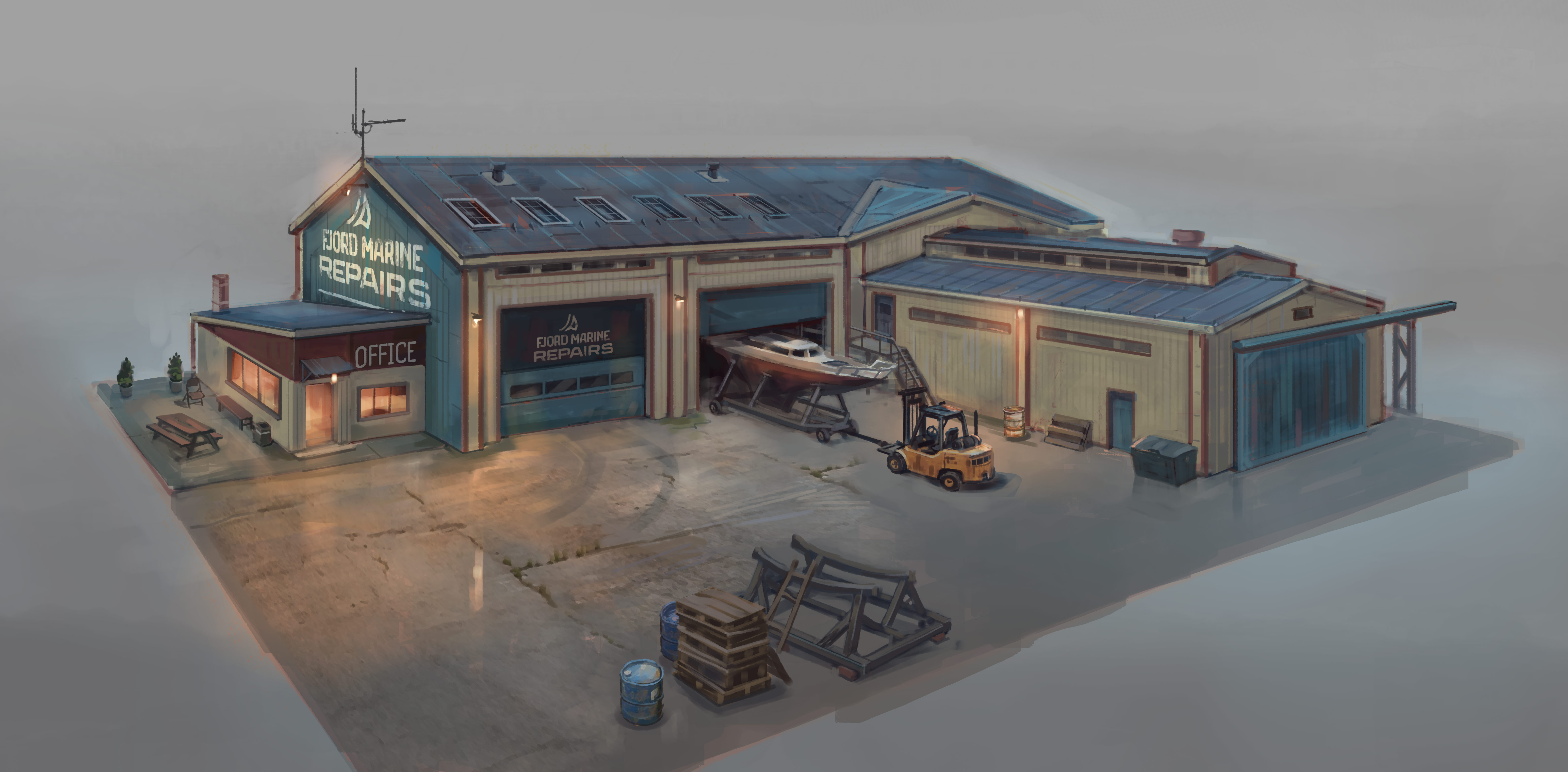
WILL: Follow The Light is a first-person adventure that takes inspiration from games like Firewatch and Alan Wake. “But actually the creation of WILL all starts in 2020 when I played Death Stranding,” Novikov enthuses. “I have always been a fan of Hideo Kojima’s work. I remember running – running! Not walking! – home from school with my friends to play Metal Gear Solid.” He cites various other nineties games like Resident Evil and Silent Hill as additional inspirations. “I would fall asleep dreaming of those worlds.”
The story sees a man called Will navigating Nordic seas in a sailing yacht, in search of his missing son. “We want to immerse players in this world with an authentic weather station and lifelike navigation,” Novikov says. Along the way, players will encounter puzzles and mysteries related to Will’s family, and explore the world at sea and on shore, on foot and by dog sled. Novikov promises that the game will go to some unexpected places both “emotionally and physically” as it examines the relationship between father and son.
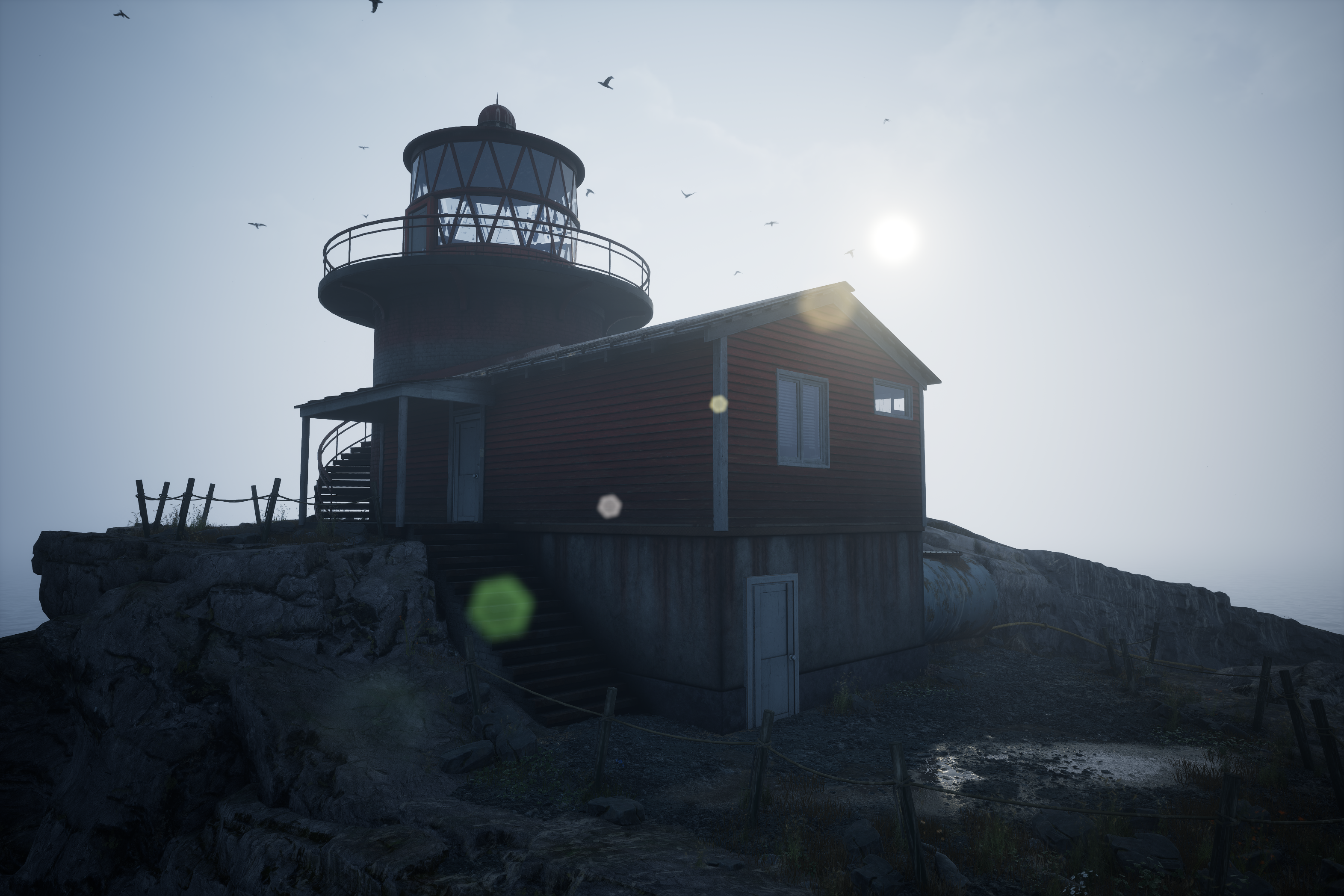
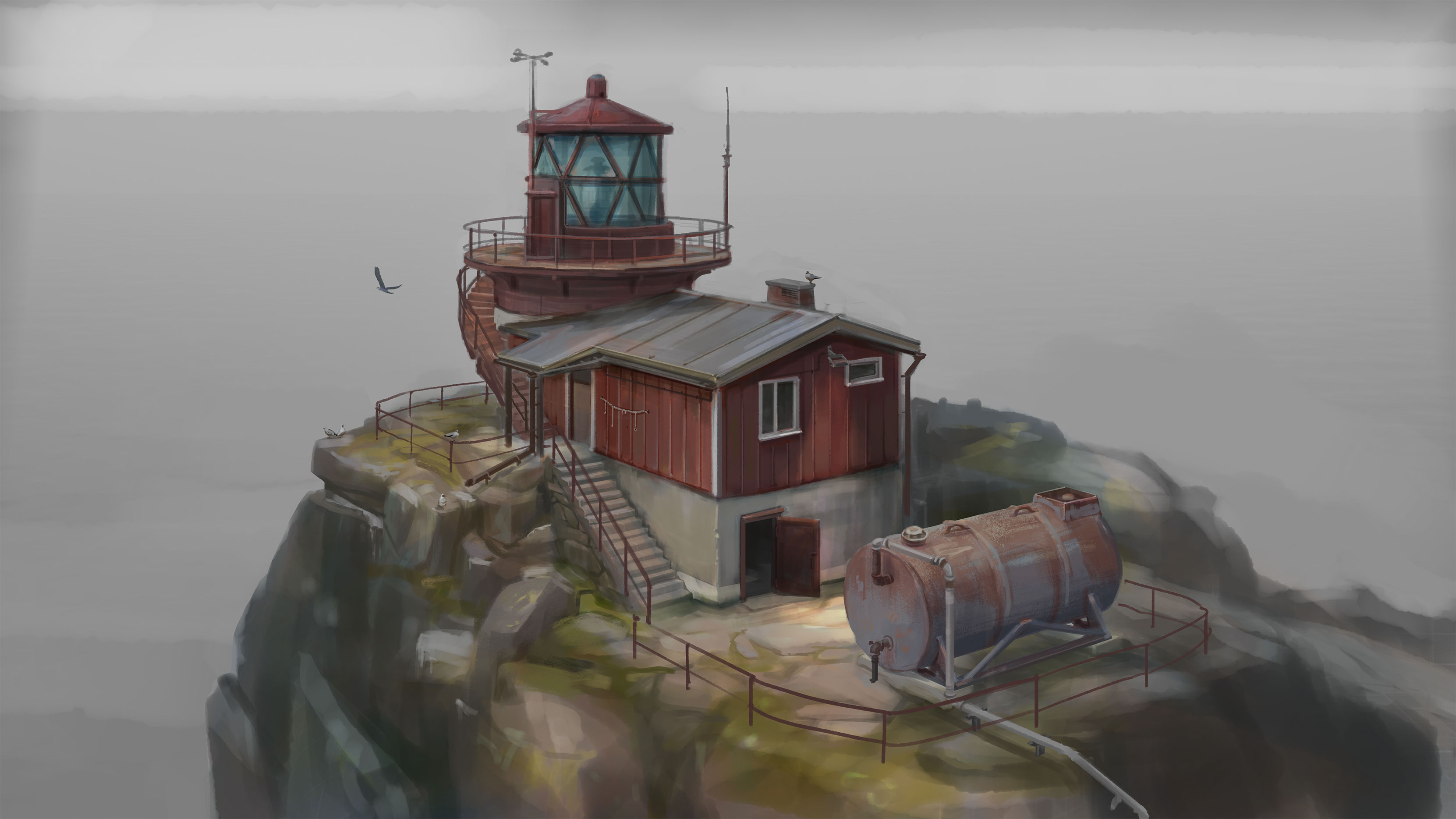
The team already had a lot of experience in using Unreal Engine (read our best game development software guide) from their work on CG. “But designing a game is a whole different experience,” Novikov says. “It’s a different world.” The company went on a hiring spree to fill out its ranks with experienced game developers, but Novikov says the biggest change for him has been not getting constant feedback from a client, like he was used to when making CG films. But finally revealing WILL: Follow the Light at Gamescom led to some “fantastic feedback from players after two years of developing in secret”, he says.
Novikov notes that creating the right sense of atmosphere has been the most important aspect of the game’s development, because it’s this, above all else, that helps to draw players in and transport them in a way that isn’t achievable by any other art form. “When you're in the cinema watching a movie, you have a lot of things to distract you,” he says. “You have your popcorn, your Coke, people around you… but when you play a great game, you don’t even want to move. For me, that was the most important thing for WILL: Follow The Light – to get lost in the game.”
Get the Creative Bloq Newsletter
Daily design news, reviews, how-tos and more, as picked by the editors.
He thinks lighting is the most important way of achieving that total immersion, and the power of Unreal Engine 5 certainly shines through in the beautiful lighting of WILL: Follow the Light. Even so, Novikov thinks they can do better. “I’m still not sure we’ve reached the levels I want us to reach with the lighting. The team is doing a great job, but you can always push it further.”
After seeing their excellent lighting work on Layers of Fear and the Silent Hill 2 Remake, Novikov sought advice from Bloober Team on how to get the most out of Unreal Engine 5. “I just wanted to understand what they do with light because their work is super good,” he says. “We can always learn from other developers and other games because it can always be pushed further towards the level we want.”
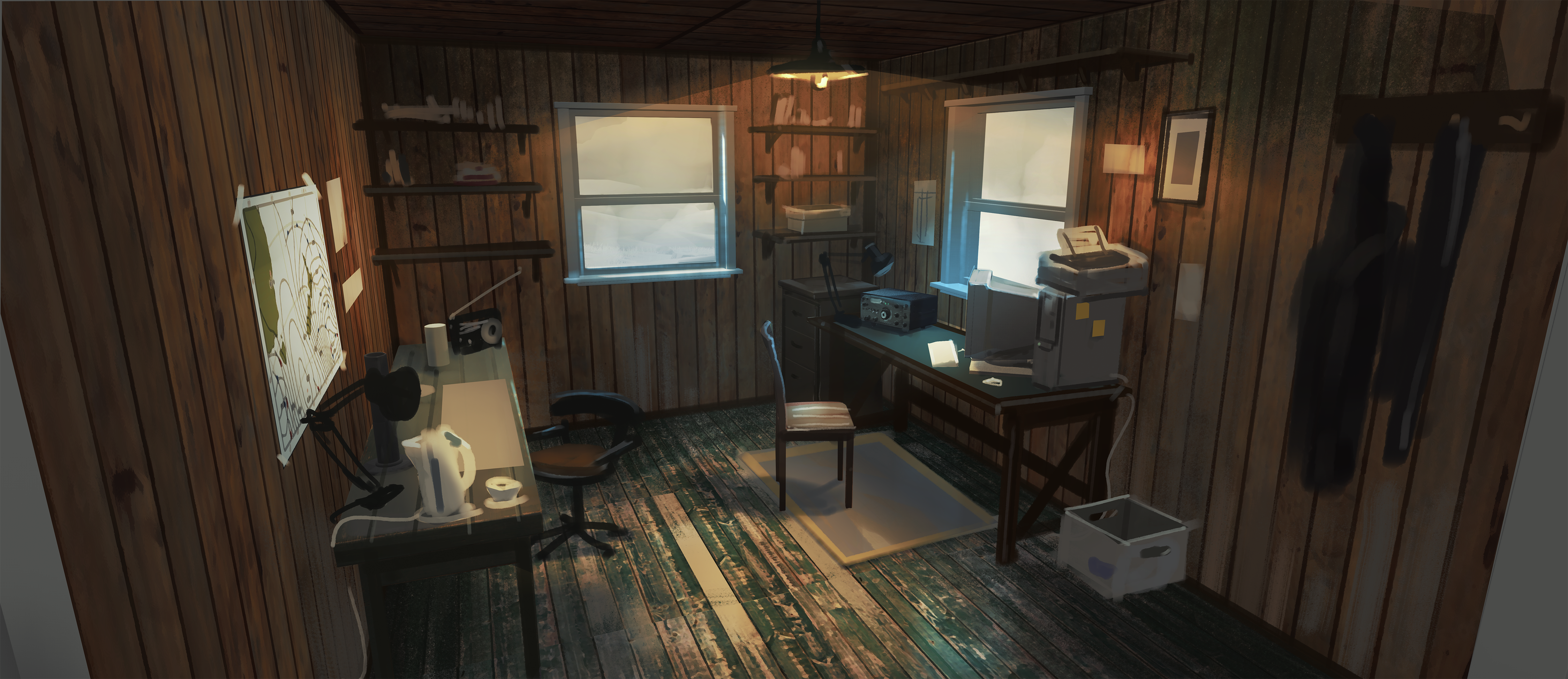
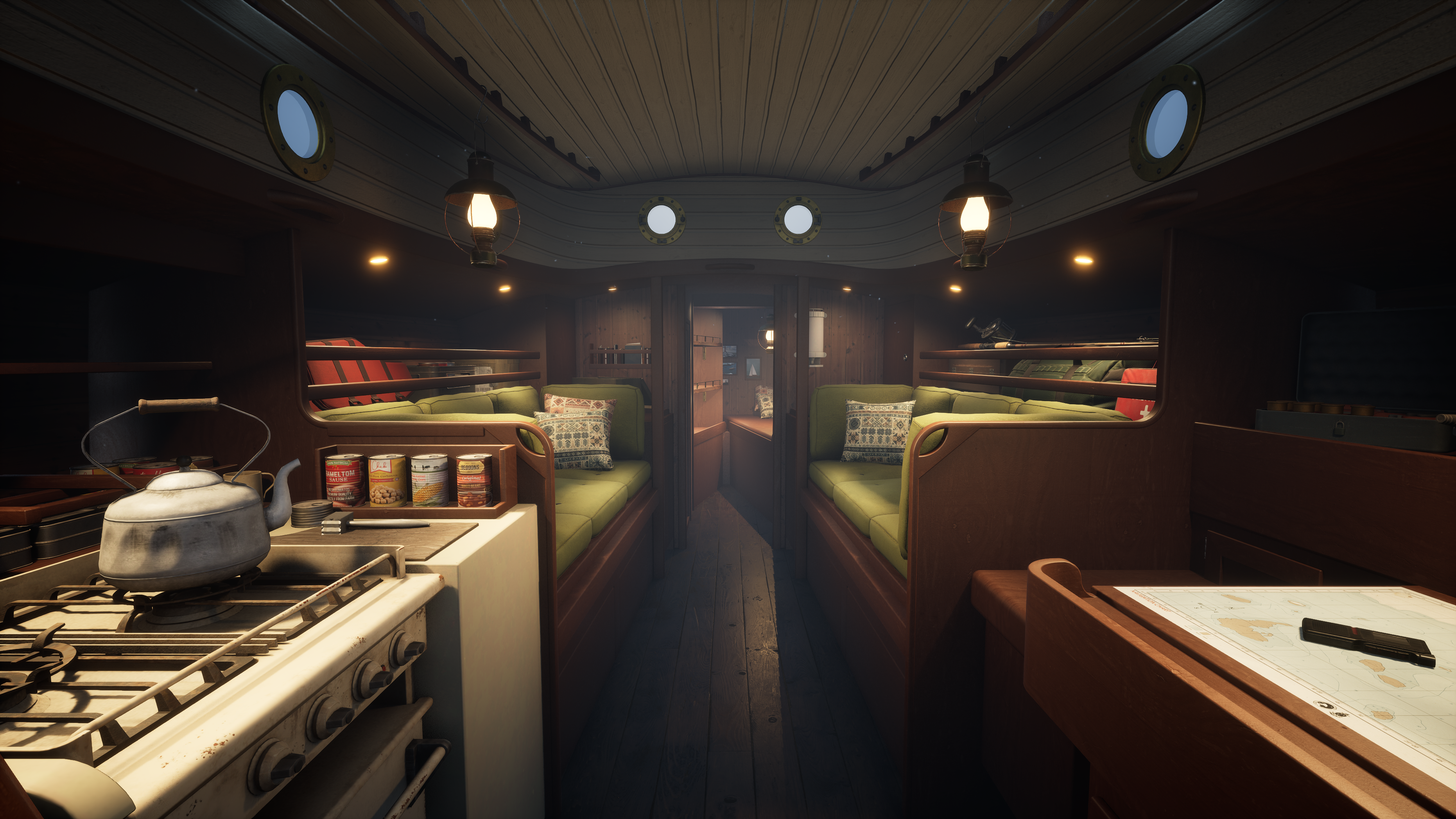
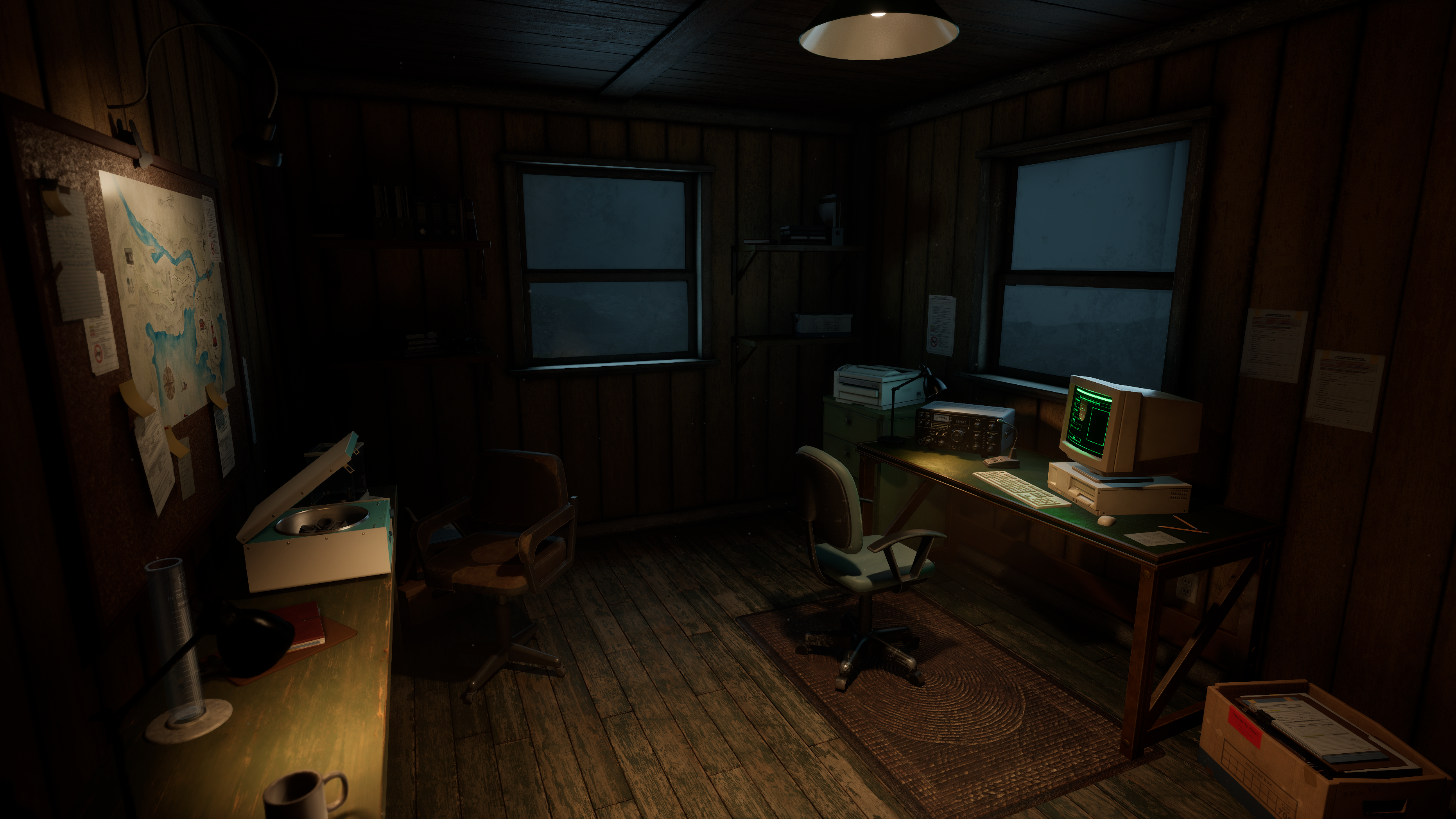
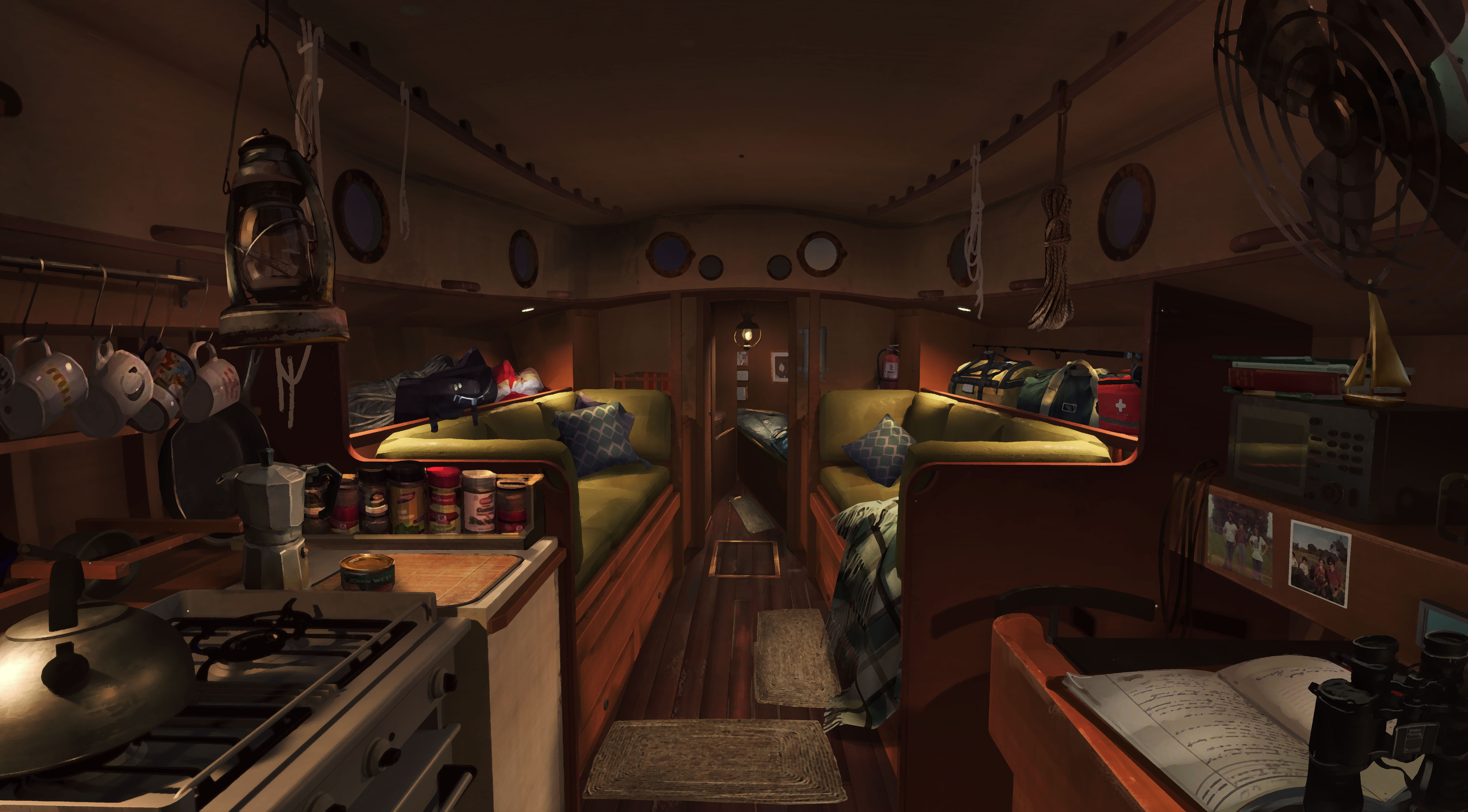
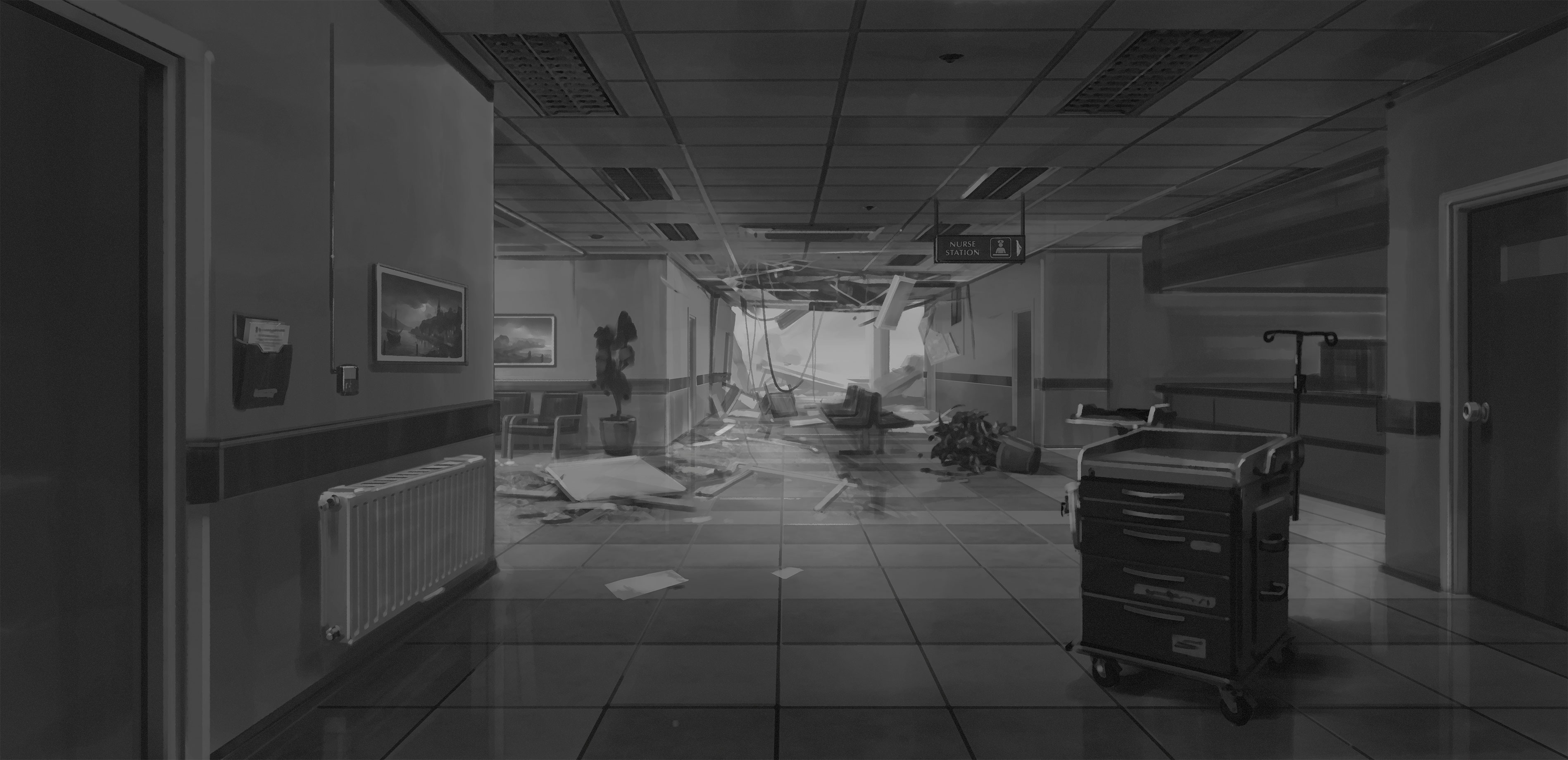
He thinks the lighting has been by far the most difficult aspect of WILL’s development, although “Unreal Engine 5 makes it much easier.” That said, it still takes a lot of effort to get it right. “The game engine isn’t magic, and it doesn’t do everything for you. You still need talented artists and developers, and a vision.”
The power of Unreal Engine 5 is also apparent in the evocative water effects in WILL: Follow the Light. Since much of the player’s time will be spent sailing, Novikov says, “getting the water effects right was a huge, huge part of the game.”
He adds that the water simulation in WILL was built from scratch, while some Unreal assets were used for things like splashes at the crests of waves. “But it’s not like you can buy a few assets off the shelf and okay, you have water… The water isn’t purely a visual effect, but a physical presence in the game’s world. We had to work a lot with both visuals and physics to make it feel like you’re at sea.” Creating the stormy seas involved months of research, including speaking to a professional sea captain and learning how to sail themselves.
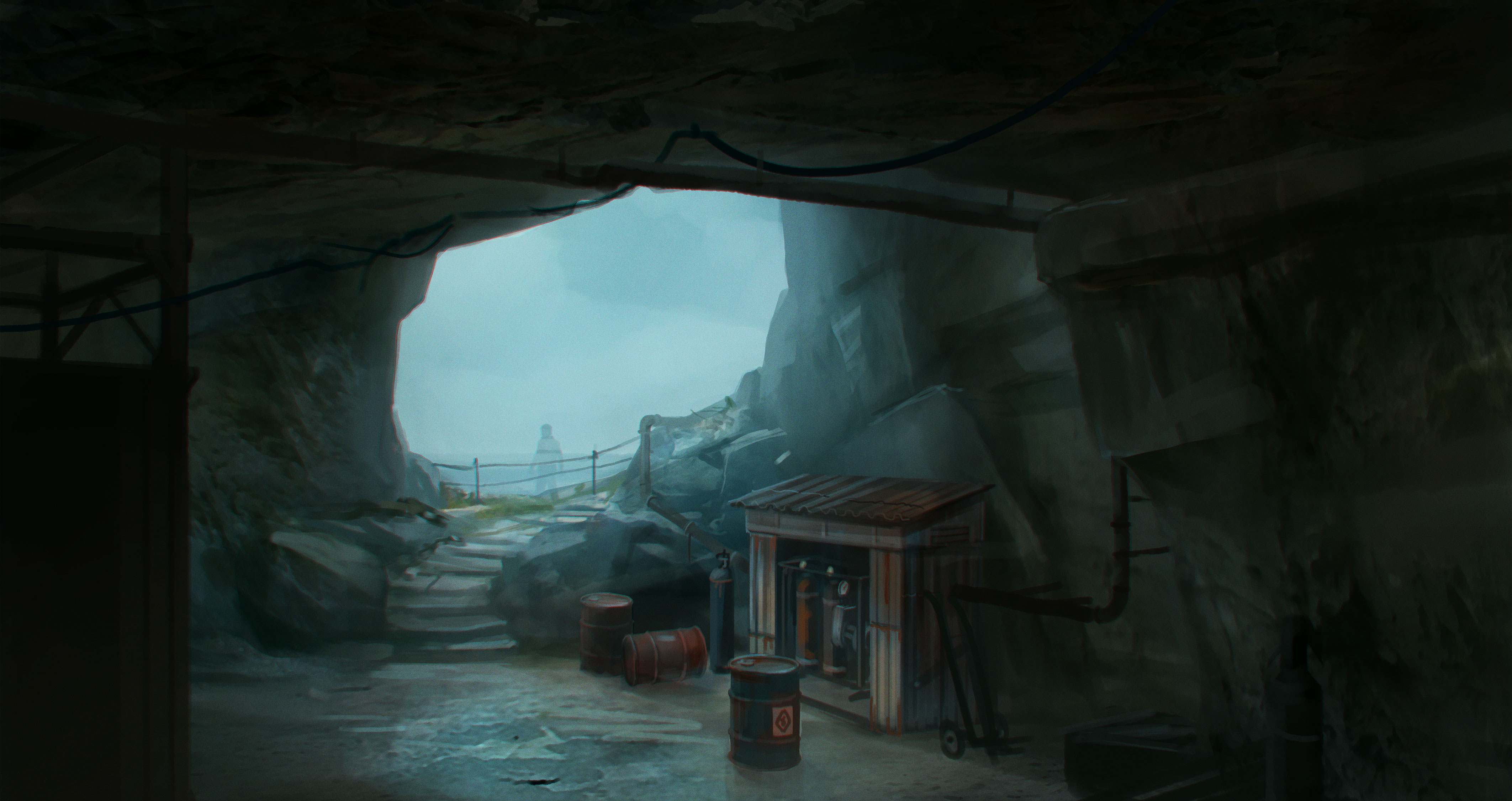
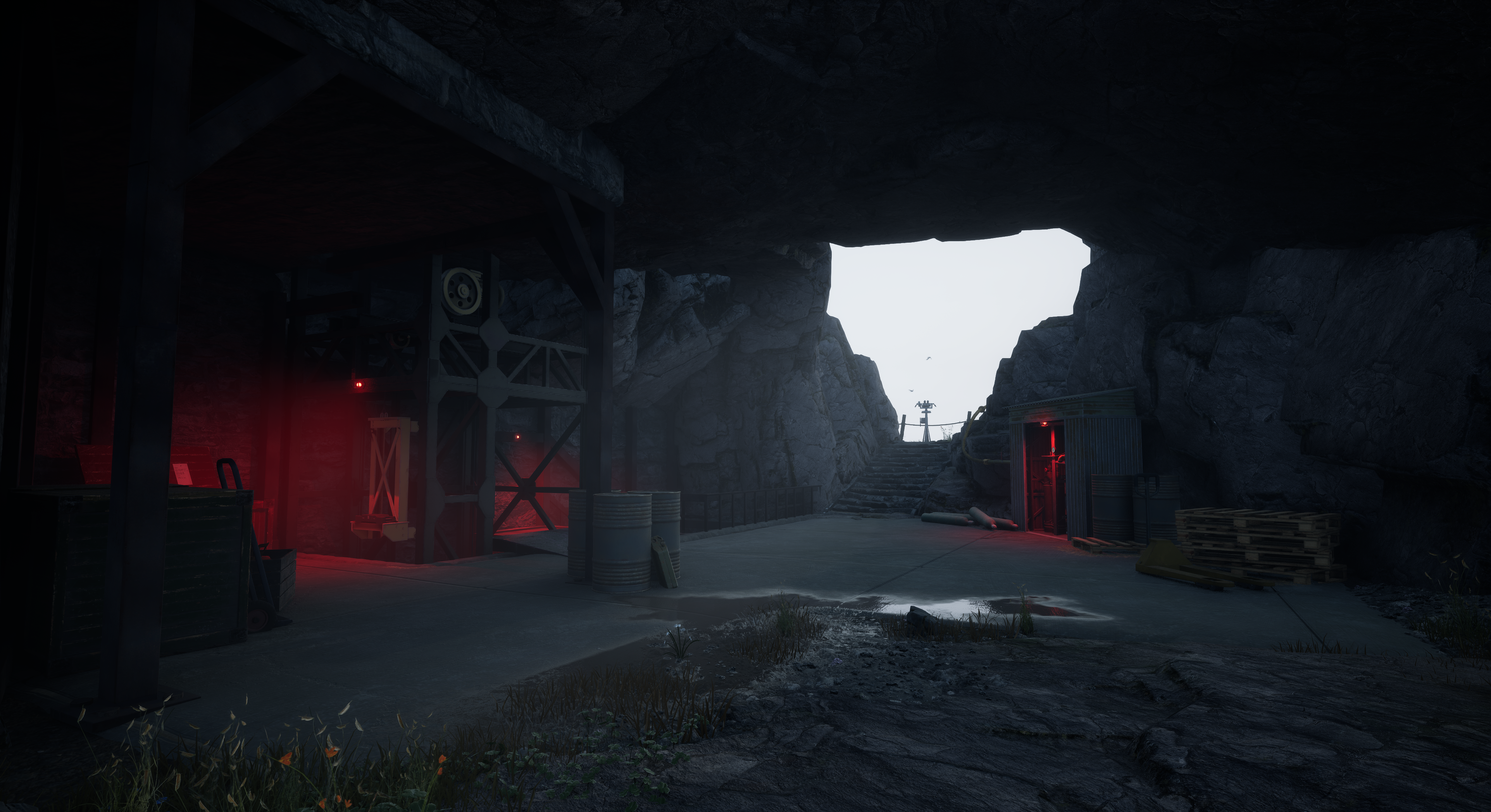
It hasn’t all been plain sailing. Novikov says that motivation has been the biggest challenge while the team has been toiling away in secret, with no idea of how the game will be received or whether they’re even heading in the right direction. And money is another worry. “For indie in general, money is always the problem, especially now.”
Luckily, because WILL: Follow the Light is self-funded, there are no investors or publishers to please, no pressure to ape another game’s success, and the studio has been able to experiment freely. Which is what people ultimately want, Novikov thinks.
“Players are receptive to new things. I think you don’t need to be afraid if you want to do something different or something special or something important to you. I think it will find a market. I loved Death Stranding, and it’s a game about carrying boxes! But it’s also about human connections, and about this incredible landscape, and this deep narrative, and this incredible atmosphere. It taught me that when you make a game, you should make it about something you truly love, or you will never reach the result you want.”
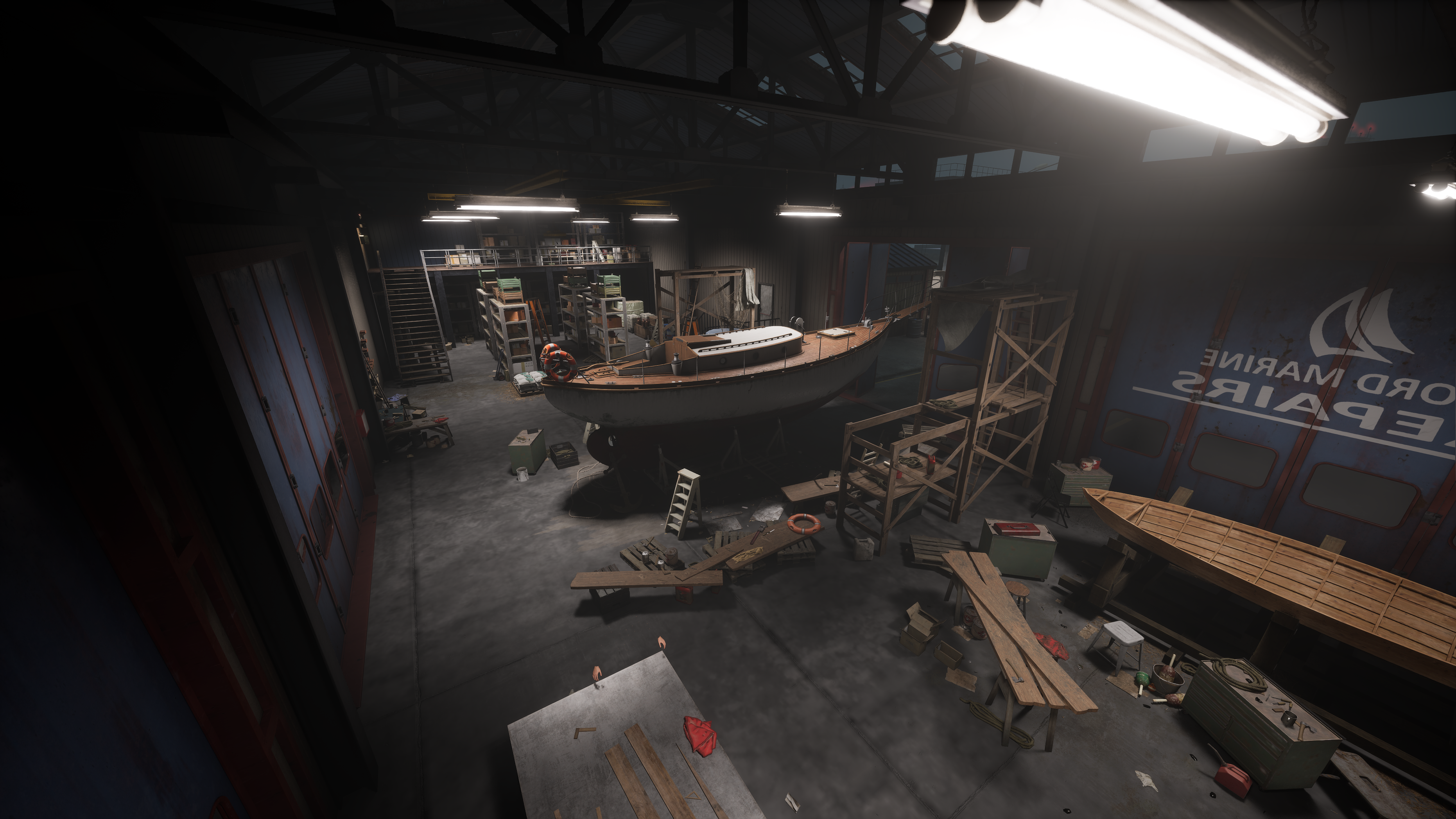
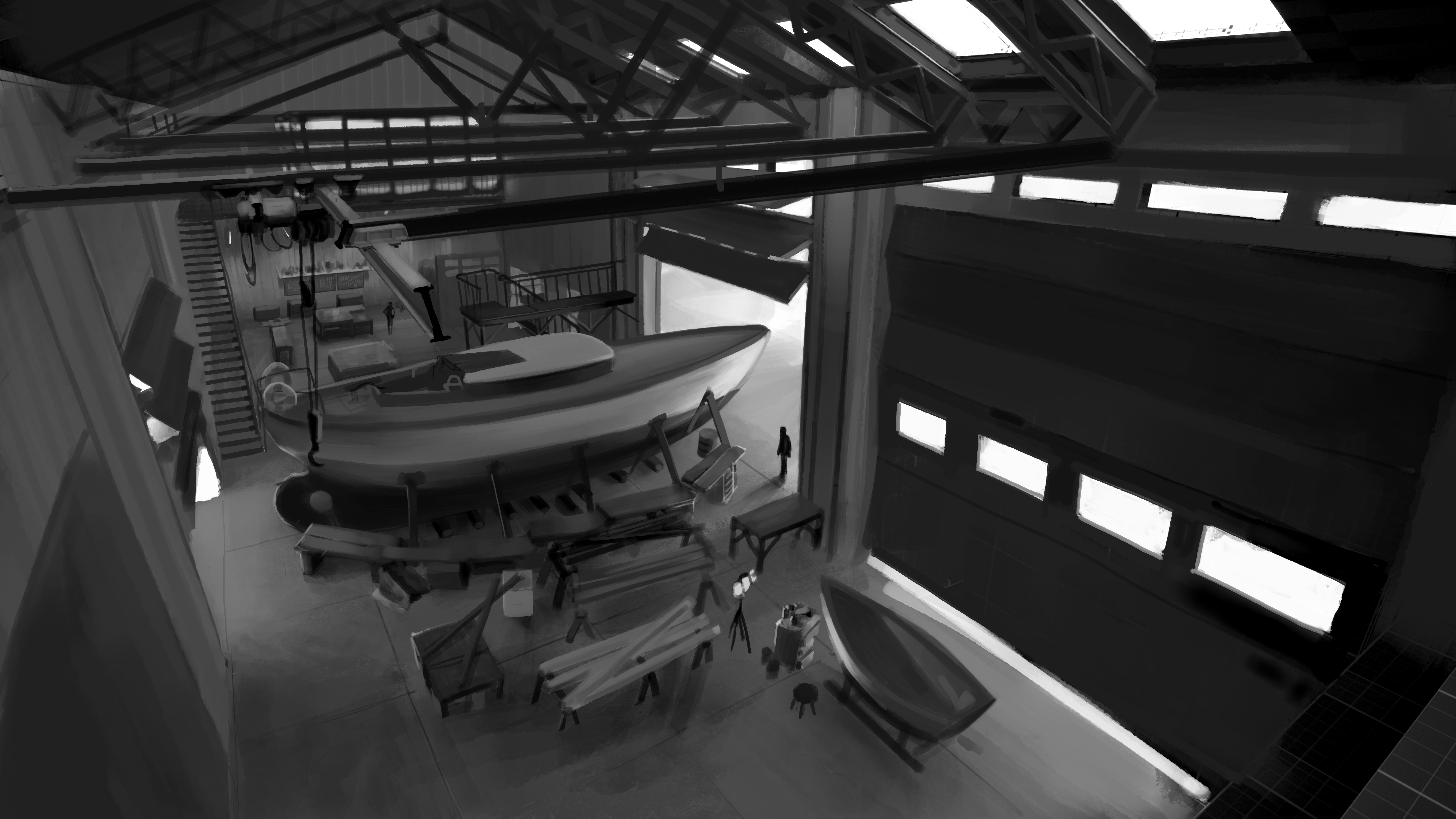
WILL: Follow The Light releases on PlayStation 5, Xbox Series X/S and PC (via Steam) in 2025. Visit TomorrowHead Studio's website for more details.

Thank you for reading 5 articles this month* Join now for unlimited access
Enjoy your first month for just £1 / $1 / €1
*Read 5 free articles per month without a subscription

Join now for unlimited access
Try first month for just £1 / $1 / €1
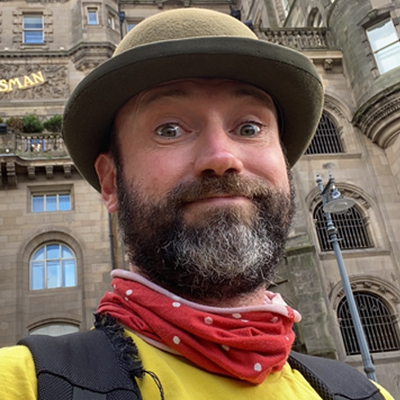
Lewis Packwood has been writing about video games professionally since 2013, and his work has appeared in The Guardian, Retro Gamer, EDGE, Eurogamer, Wireframe, Rock Paper Shotgun, Kotaku, PC Gamer and Time Extension, among others. He is also the author of Curious Video Game Machines: A Compendium of Rare and Unusual Consoles, Computers and Coin-Ops (White Owl, 2023).
You must confirm your public display name before commenting
Please logout and then login again, you will then be prompted to enter your display name.
